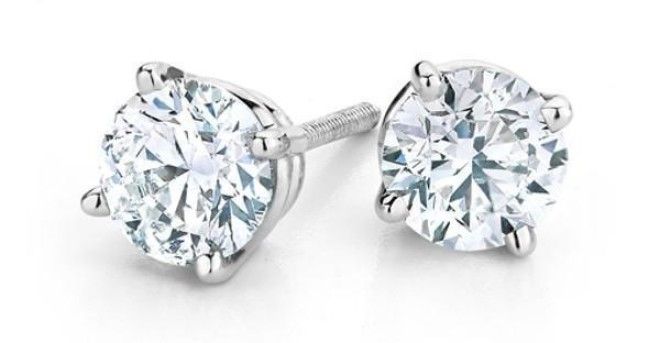Some were formed naturally, miles below the surface of the Earth. Some were grown in a lab. Can you tell which are which?
#1:
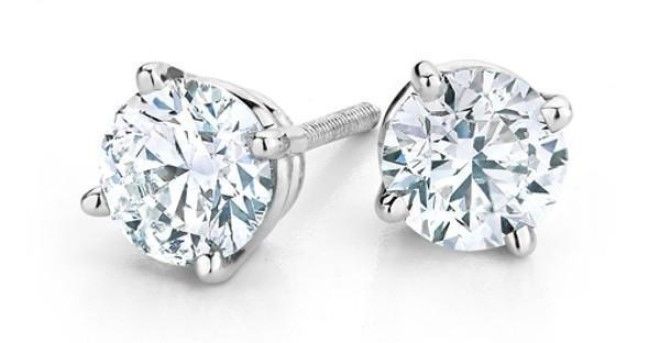
#2:

#3:
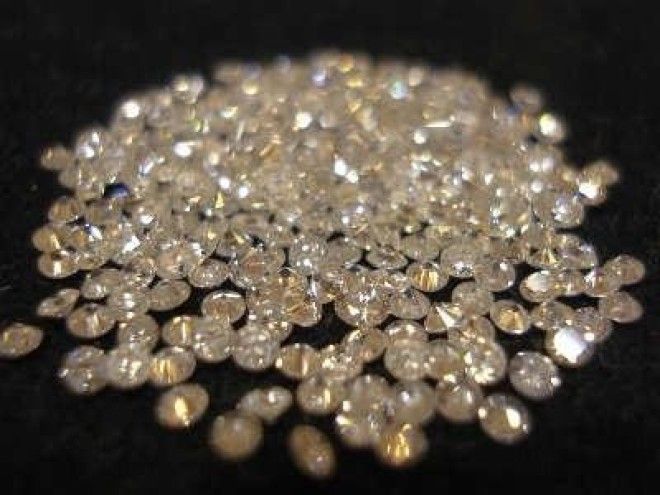
#4:
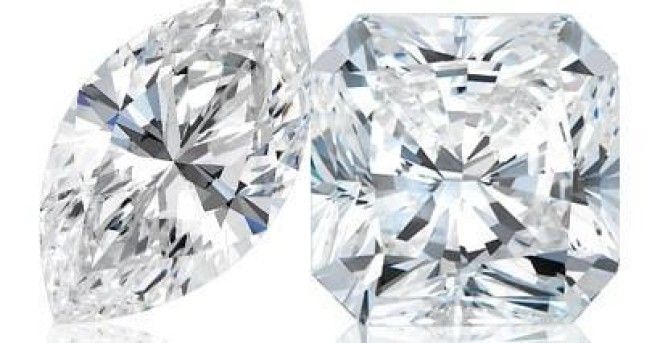
ANSWERS: #1. Lab-grown. #2. Natural. #3. Natural. #4. Lab-grown.
It's pretty hard to tell, right?
It's so hard, in fact, that unless you are a machine, you were almost definitely just guessing.
Many in the diamond industry hope that soon it will be easier to spot the difference, according to a recent report in Popular Science. "Synthetic diamonds are 30 to 40 percent cheaper, and can be produced in a matter of months.
They're so indistinguishable to the naked eye that the diamond industry is in an arms race to produce machines that can discern lab-grown from natural ones, in order to keep the synthetics from flooding the market. 'If anyone tells you they can tell the difference without the machine, they're lying,' said Ariel Baruch, a jeweler at Diamonds by Israel Standard Inc., which sells lab-grown diamonds." Currently, there are four major ways to tell lab-grown and natural diamonds apart. But they're complicated, and you need a machine if you want to be totally sure.
The diamond industry's theory is the one that makes it the most money: Customers prefer natural diamonds and think lab-grown diamonds are "cheap" and "synthetic."
If it's easy enough to tell synthetic and real diamonds apart, the industry believes that most people will go with the typically-more-expensive natural diamond the vast majority of the time.
But! Maybe — just maybe — the diamond companies are wrong.
"We are seeing some increase in interest [in lab-grown diamonds]," said Kathryn Edison Money, vice president of strategy and merchandising at Brilliant Earth, a California-based company that specializes in both lab-grown and ethically sourced jewelry, in a conversation with Upworthy.
"The customers who are interested in lab-grown diamonds are really drawn to the fact that they don't require any diamond mining."
The business of pulling diamonds out of the ground has a long, bloody history.

A diamond mine in Sierra Leone, 2003.
Progress in curbing the worst abuses of the diamond trade has been made the last decade but only so much.The primary system implemented by the U.N. in 2003 to halt the sale of conflict diamonds, called The Kimberley Process, has a pretty spotty track record.
Many of the people and organizations that were instrumental in establishing the process in the first place have since denounced it or ceased their involvement, claiming that it hasn't been effective at best and at worst enables exactly the sort of violence and exploitation it was enacted to prevent.
The bottom line? Even with more oversight processes in place, if you're wearing a natural diamond on your finger, it's still really, really hard to know with 100% certainty that no one was exploited, maimed, or killed to get it.
Lab-grown diamonds, on the other hand, hurt pretty much no one. And they are actually, really diamonds.
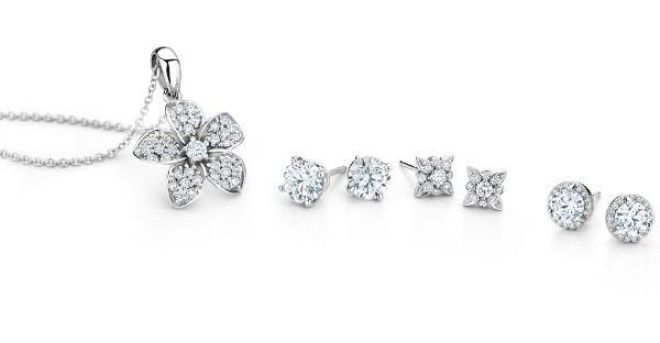
Lab-grown diamonds. Shiny.
Not cubic zirconium. Not white sapphire. Not two middle-aged grifters in a diamond suit.
100% legit diamond.
Turns out, scientists are just as good at scrunching millions of carbon atoms together as the molten inferno of the Earth's mantle. And no one has to go down into a mine to get them. You can just ... put them in a box. Right there in the lab.
"You see the same type of sparkle and crystallization and fire as a natural diamond," Money said.
Not only are lab-grown diamonds conflict- and exploitation-free, they're often less expensive than their natural counterparts.According to a New York Times report, man-made pink diamonds from one New York retailer range in price between $9,000 and $21,000. Meanwhile, their natural counterparts can sell for over $100,000.
This is despite the fact that the synthetic diamonds are actually, no-doubt-about-it just as diamond-y.
Maybe we should hope that it does become easier to tell the difference.
It's not hard to see why the diamond industry thinks it would be a major boon for them if customers are suddenly able to make the man-made/natural distinction more easily.
But come to think of it, people probably should know for sure whether they're buying a diamond that was pulled out of the Earth or one that is the same quality as the natural stuff but that won't finance wars and didn't require slaves working in giant, ecosystem-smashing mines to dig up.
